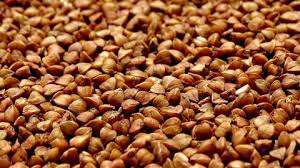Seabuckthorn and Himalayan Tartary Buckwheat:

Seeds of seabuckthorn and Himalayan Tartary Buckwheat from Ladakh have been sent to the International Space Station (ISS) by NASA’s Crew-11 mission as part of the “Emerging Space Nations’ Space for Agriculture & Agriculture for Space” payload.
- The seeds will return to Earth with NASA’s Crew-10 mission. The experiment aims to develop resilient crops for space and Earth, blending science with traditional agricultural knowledge.
- Sea buckthorn (Hippophae rhamnoides L.): Also known as the “Wonder plant” or “Ladakh gold,” is a hardy, drought-resistant shrub found across Europe and Asia, including the cold deserts of the Himalayas.
- It tolerates extreme temperatures (–43°C to +40°C), fixes atmospheric nitrogen, and helps prevent soil erosion and prevents desertification.
Traditionally, all parts of the plant (fruit, leaves, roots, thorns) are used for medicine, nutrition, fuel, and fencing. - Himalayan Tartary Buckwheat is Cultivated in China, Bhutan, northern India, Nepal, and central Europe, is known for its greater cold and drought resistance.
- It offers health benefits due to its content of resistant starch, proteins, minerals, and phenolic substances, which help prevent chronic diseases like hypertension, obesity, and cardiovascular issues.




